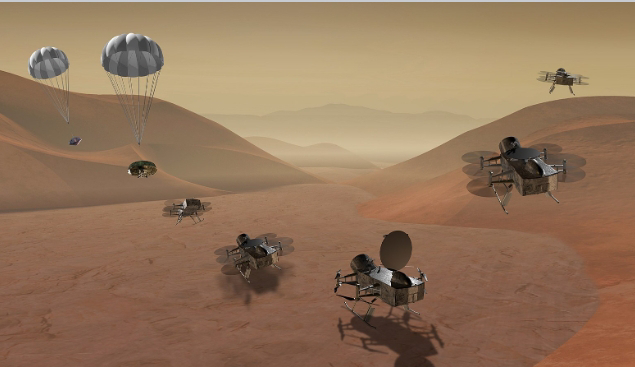"The Future of Mind-Reading Technology: Exploring the Possibilities of Brain-Reading Robots"
One of the main applications of brain reading robots is in the field of medicine, where they are used to help patients with paralysis or other disabilities to communicate and interact with their environment. For example, a brain reading robot could be used to help a person with spinal cord injury to control a robotic arm, allowing them to perform tasks such as picking up objects or feeding themselves.
Another application of brain reading robots is in the field of robotics, where they are used to improve the performance of autonomous robots. By using brain reading technology, robots can be trained to respond to human thoughts and emotions, allowing them to interact with humans in a more natural and intuitive way.
There are also potential applications of brain reading robots in the military and security sectors. For example, brain reading technology could be used to help soldiers control drones or other robotic devices using only their thoughts, allowing them to carry out complex missions more efficiently and safely.
Despite these potential applications, there are also concerns about the ethical implications of brain reading robots. For example, there is a risk that this technology could be used for surveillance or mind control, and there are concerns about the potential impact on privacy and personal autonomy.
In conclusion, brain reading robots are an exciting and innovative technology with numerous potential applications in a variety of fields. While there are concerns that need to be addressed, the potential benefits of this technology make it a promising area for further research and development.





No comments:
Post a Comment